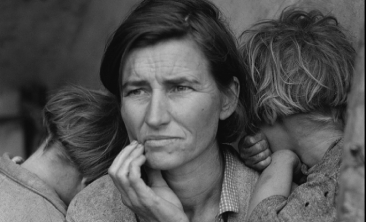
What is Visual Storytelling Photography?
What is Visual Storytelling Photography? https://www.visualstorytell.com/wp-content/uploads/2020/02/What_is_Visual_Storytelling_Photography_thumb.jpg 366 222 Shlomi Ron Shlomi Ron https://secure.gravatar.com/avatar/995c0cf093380b90c7704fda398c9addf4e5c605afbc92af5c3f01f67d65aa41?s=96&d=mm&r=g
Take a close look at the photo below.
What story are you reading?
Where does the story take place?
When was the photo taken?
Who are the protagonist and other characters?
Did any particular detail catch your attention?
What is the primary emotion you’re sensing?
Do you find any particular perspective expressed?
These are all vital questions you should also use when planning your visual storytelling strategy to bring to life your brand experience.
Let’s unpack this.
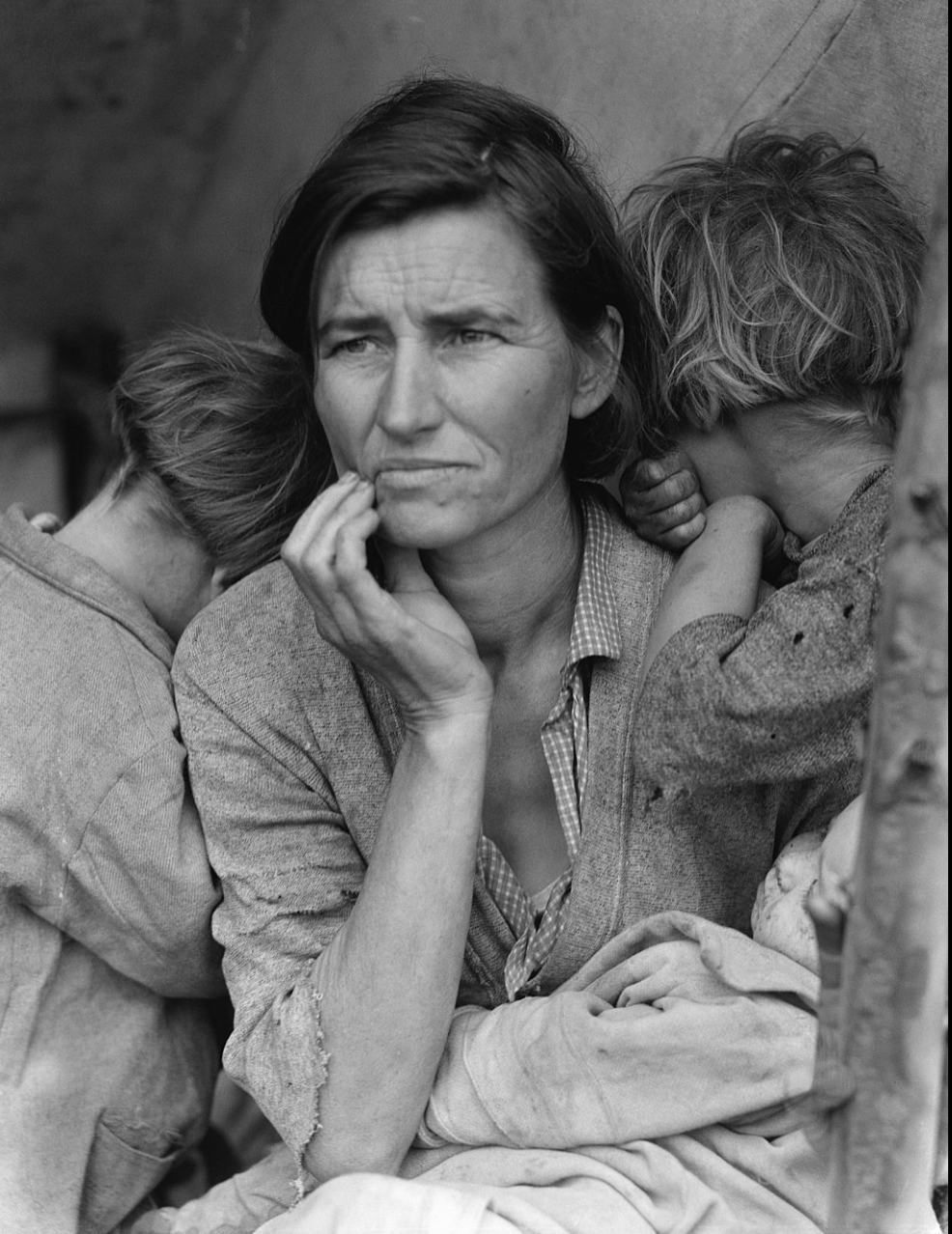
This is naturally the iconic photo – Migrant Mother – taken by the famed photographer Dorothea Lange in 1936. In the 1930s, the Farm Security Administration (FSA), employed several photographers to document the effects of the Great Depression on the population of America (Wikipedia).
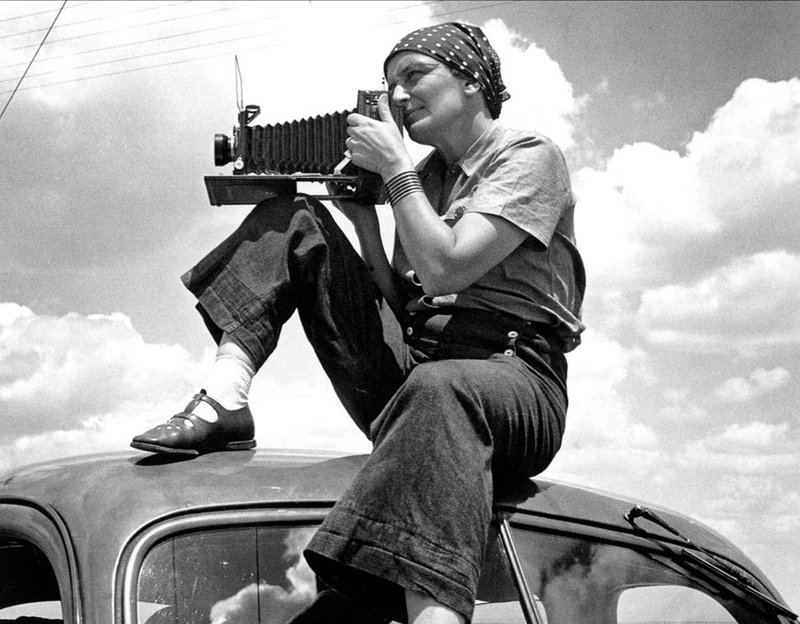
Dorothea Lange in action
A few of my personal observations:
The first thing that caught my attention is the distressed facial expression of the mother (protagonist), looking towards a conflicting event she’s either witnessing or internally reflecting on.
Her eyes squint a bit, which makes me think the photo was taken during a time when it’s quite bright outside.
The primary emotion I read in the mother’s eyes and expression is a mix of despair and resilience for what she’s been through and what still lies ahead. Her right hand on her cheek may signal her pondering how to tackle another pending trouble.
Her two kids (other characters) in shyness are hiding their faces and tightly clinging to their mom. It’s a powerful way to express their tremendous dependence on her on one hand and the mother’s incredible protection responsibility – on the other.
From the torn clothes of the mother and her two kids, you get the idea that their immediate challenge is a lack of basic physiological needs like water, food, shelter, clothing, sleep, etc.
From looking at the backdrop, especially the upper right corner when you see two-lined stitches, you realize this photo was taken in a tent, a temporary shelter – an implicit signal for their homeless situation.
This notion is enhanced when you notice the shadow of another person sharing the same space on the left side.
The perspective I get from this visual story is a heartbreaking closeup into the authentic, human plight of displaced people and the extraordinary cry for help.
It’s a universal message that falls under the higher purpose category anyone can easily recognize.
The MoMA in New York is currently holding a retrospective of Dorothea Lange’s incredible photography legacy. You can view 122 of her works online and get a deeper view of her rich visual storytelling range.
<><><>
Of course, the above is just my take. Your interpretation could be completely different as it corresponds with meanings from your past experiences.
What’s more, the same process is also true from your customer’s perspective.
So when you plan your photos, realize that your audience will parse them through their personal experiences and beliefs – and come up with their own story and meanings – as I’ve just done here.
If you effectively research your ideal customer’s world, you can mix personal meanings you’ll learn, with higher purpose universal meanings.
This way, you’ll be able to maximize the chances your audience will read your story as you meant it and find it relatable and believable.
As the experts at Pixar like to say: “The more you know about your character, the more real that character will feel.”
Placing meaningful storytelling details in your photo could focus on any part of the three-part story structure: the setting, the conflict, or the resolution and the timeline.
The beauty of this visual dynamics is that it allows your audience to complete the missing pieces of the story in their minds based on their perspectives. Check out my story: 5 Easy Ways to Create Narrative Images and my podcast session with photographer Jaime Permuth when we talked about What Makes A Photo Tell A Story?
What is visual storytelling photography?
I’d define it as follows:
“It’s the art of staging storytelling details
that carry personal and universal meanings
in a single frame,
to trigger particular emotions
to bring to life a larger narrative.”
-Shlomi Ron
What visual stories are you working on?
To make your stories work harder, remember the magic always happens when your brand story becomes your customer’s personal story.
Need help developing your visual storytelling photography strategy?
Email shlomi_at_visualstorytell_dot_com or call 305-985-3450 and we’ll talk.
Shlomi Ron
Shlomi Ron is the founder and CEO of the Visual Storytelling Institute, a Miami-based think tank with a mission to bring the gospel of visual storytelling from the world of art to more human-centric and purpose-driven marketing. A digital marketing veteran with over 20 years of experience working both on the agency and brand sides for Fortune 100/500 brands such as Nokia, IBM, and American Express. He started VSI to combine his marketing expertise with his passion for visual stories stemming from his interests in classic Italian cinema and managing the estate of video art pioneer, Buky Schwartz. At VSI, he helps brands rise above the communication noise through visual storytelling consulting, training, and thought leadership. Select clients include Estée Lauder, Microsoft, and Cable & Wireless – to name a few. He currently teaches Brand Storytelling at the University of Miami’s Business School. Thought leader and speaker at key marketing conferences. He is also the host of the Visual Storytelling Today podcast, which ranks in the top 10 best business storytelling podcasts on the Web. His book: Total Acuity: Tales with Marketing Morals to Help You Create Richer Visual Brand Stories. Outside work, he is a nascent bread baker, The Moth fan, and longtime fedora wearer likely to jive with his classic Italian cinema interest.
All stories by: Shlomi RonYou might also like
2 comments
This site uses Akismet to reduce spam. Learn how your comment data is processed.


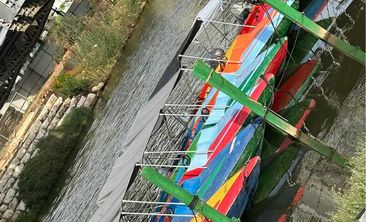

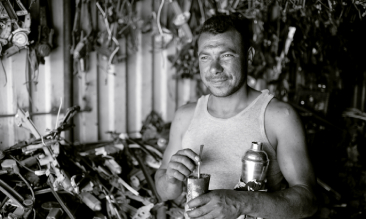
Leave a Reply